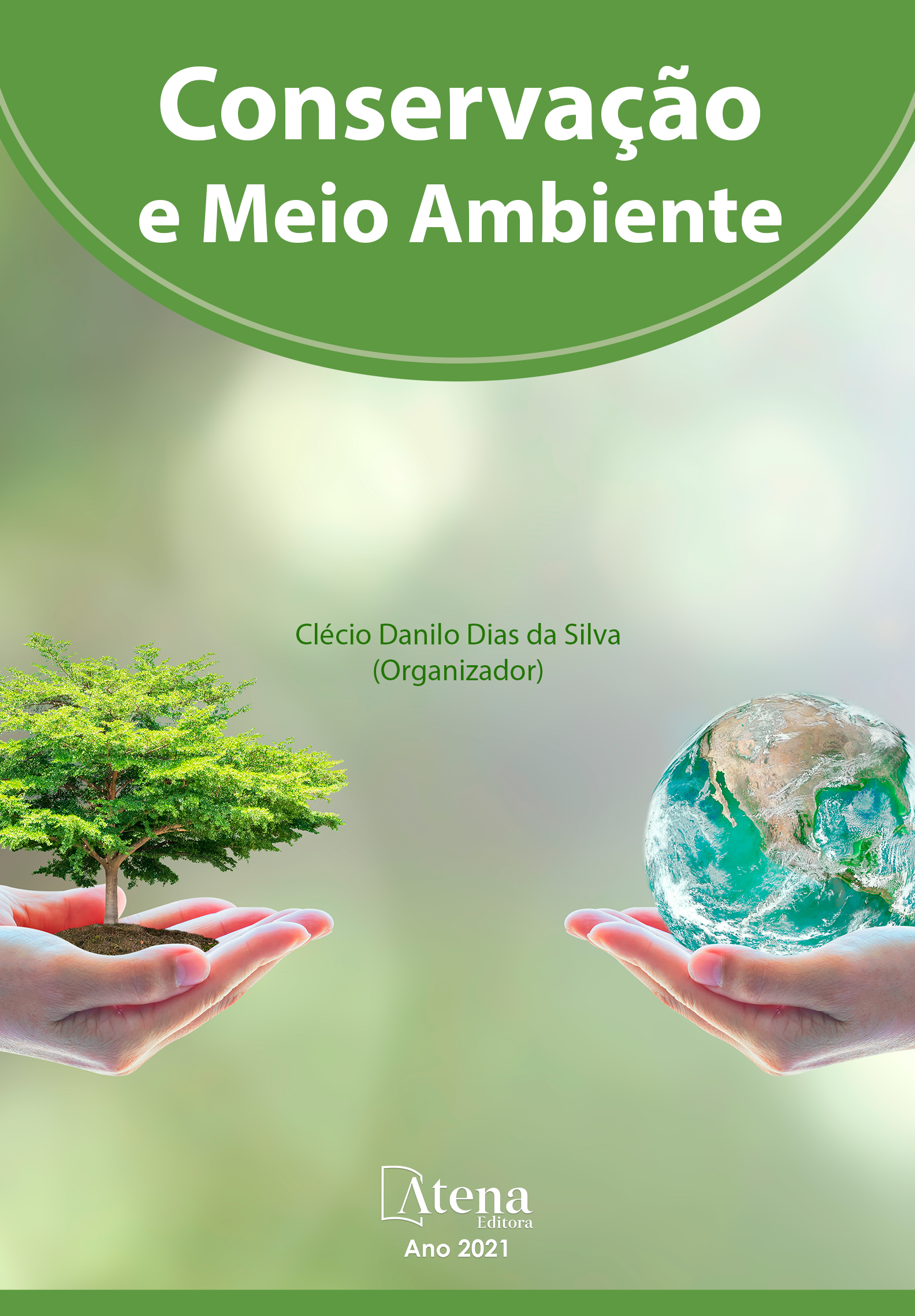
CAPACIDADE DE FLOCULAÇÃO DE COAGULANTES NATURAIS NO TRATAMENTO DE ÁGUA
A coagulação é o processo importante no tratamento da água, que inclui a remoção de espécies em suspensão, por meio da adição de coagulantes químicos, cujo uso traz desvantagens associadas a altos custos de aquisição, produção de grandes volumes de lodo e ao fato de afetam o pH da água tratada. Assim, o objetivo foi avaliar a capacidade de floculação de três variedades de Cactaceae Echinopsis pachanoi, Neoraimondia arequipensis e Opuntia ficus no tratamento de águas residuárias artificiais. Doses de 1%, 2% e 3% de coagulante das três variedades de Cactaceae extraídas com três solventes foram aplicadas em efluente artificial, observando-se um aumento significativo (p-valor <0,05) para a capacidade de clarificação e o percentual de remoção, com o aumento da dose do coagulante, a variedade San Pedro apresentou melhores resultados. Os parâmetros físico-químicos da água tratada como o pH aumentaram ligeiramente de 6,61 da água não tratada para 7,58, enquanto a dureza e alcalinidade não mostram diferença significativa (valor p> 0,05), o DBO da água com coagulante aumentou com a porcentagem de aplicação.
CAPACIDADE DE FLOCULAÇÃO DE COAGULANTES NATURAIS NO TRATAMENTO DE ÁGUA
-
DOI: 10.22533/at.ed.5672127015
-
Palavras-chave: Coagulante natural, Água residual artificial, capacidade de floculação
-
Keywords: natural coagulant, artificial wastewater, flocculant capacity
-
Abstract:
Coagulation is an important process in water treatment, which includes the removal of suspended species, through the addition of chemical coagulants, whose use brings disadvantages associated with high acquisition costs, production of large volumes of sludge and the fact that affect the pH of the treated water. Thus, the aim was to evaluate the flocculating capacity of three varieties of Cactaceae Echinopsis pachanoi, Neoraimondia arequipensis and Opuntia ficus in the treatment of artificial wastewater. Doses of 1%, 2% and 3% of coagulant of the three varieties of Cactaceae extracted with three solvents were applied in artificial wastewater, observing a significant increase (p-value <0.05) for the clarifying capacity and the removal percentage, with the increase in the coagulant dose, the San Pedro variety presenting better results. The physicochemical parameters of the treated water such as the pH increased slightly from 6.61 of the untreated water to 7.58, while the hardness and alkalinity do not show significant difference (p-value> 0.05), the BOD of the water with coagulant increased with the application percentage.
-
Número de páginas: 14
- Yadyra Quispe Quispe
- Jhunior Felix Alonzo Lanado
- Miluska Marina Zamalloa Puma
- Miriam Calla Flórez
- Fredy Taipe Pardo
- Carlos Alberto Ligarda Samanez
- Lourdes Magaly Zamalloa Puma
- Aydeé Marilú Solano Reynoso
- Betsy Suri Ramos Pacheco
- Yudith Choque Quispe
- David Choque-Quispe


